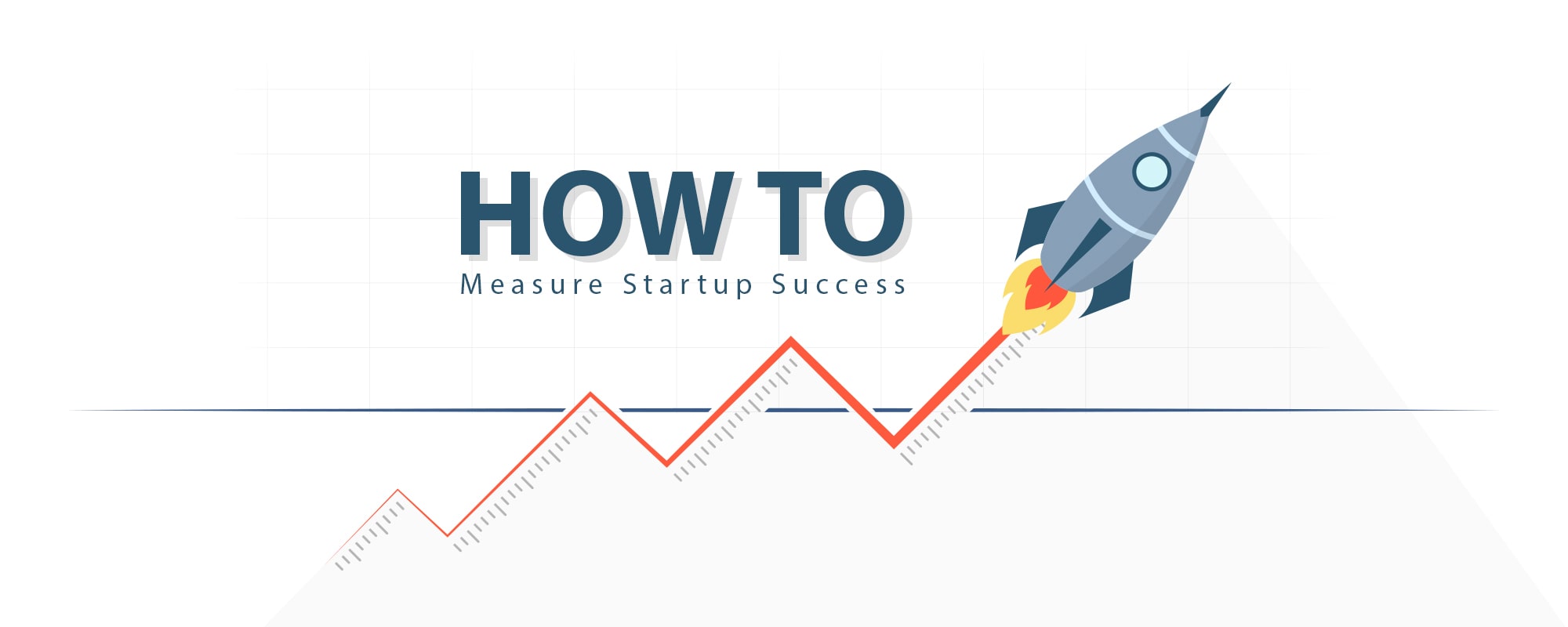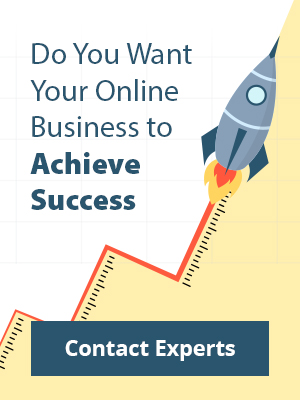In many ways, measuring success in the life of a startup is all about one thing: growth. In theory, every decision you make and every action you take is all about feeding into the most important goal of all: making sure that your company is just a little bit bigger when you wake up tomorrow than it was when you went home after work today.
However, this is also (intentionally) overly simplistic. If you think that the key measurement for success in terms of your business purely has to do with revenue growth, you’re sadly mistaken.
Yes, it’s always important to make sure that your revenue sources are as strong as they can be across the board, but true startup success runs much deeper than that. For a startup, growing too swiftly can be just as devastating as growing too slowly depending on exactly what you’re trying to accomplish in the first place.
You need to take a much more holistic approach to your startup if you really want to measure success and make sure that your daily efforts are properly aligned with your long-term objectives. To do this, you’ll need to keep a couple of essential things in mind.
Suggested Read: Live the startup dream – Start your online business with these ready to launch ecommerce systems
Breaking Down the Cost of Doing (Your) Business
One of the key things to understand about measuring success in terms of your startup stage and your proximity to your long-term goals is that this is a term that is to be taken literally. You will absolutely be measuring nearly everything about what you’re doing, breaking your daily business activities and decisions down into fine detail to see how they all relate to both A) one another, and B) the organization you’re trying to build.
Because of this, one of the most important measurements for you to make is that of the “cost of doing business” – but not necessarily in the way you might think.
First, you need to take a look at the total available market from two perspectives – both the maximum number of people you CAN reach and the total number of people you ARE reaching at the moment. As your startup continues to grow and become more successful, that second number should start to creep up on the first at a stable rate.
You’ll also need to look at the cost of goods sold in the context of one of the most important metrics of all – your “break even” point.
This is all essential to know not just to see how you’re doing today, but to give yourself something to work towards. Using data based on current trends and patterns regarding your sales and awareness, you can theoretically extrapolate what true “maximum success” actually looks like.
Based on your total available market, you now know what you need to get your costs of goods sold down in order to at least hit that “break-even point.” Consider that point your “floor” – starting there is fine, but as time goes on you should be able to rise above it fairly easily.
Suggested Read: Top Nine Asset-Light Business Models to Consider For Your Ecommerce Startup
Pay Attention to Your Website
As stated, so much of measuring success in terms of the life of a startup involves paying attention to certain “road markers” or “sign posts” along the way. Perhaps the biggest of these is also the most visible – your website.
Consider the fact that according to most recent studies, approximately 93% of all online experiences begin with a search engine. This means that for the vast majority of all people, the first interaction they have with your startup is going to be via your website.
Based on that, it stands to reason that you have to make efforts to evolve your website traffic and focus on lead generation in order to grow continuously. As your website gets more traffic and the number of unique visitors grow, it should be fairly equal to the rate at which your larger business is expanding as well.
Because of this, it’s very important that you continue to put effort into making sure that your website is as strong as it can be. Use tools like this website grader to make sure your design, your user experience and other factors are where they need to be to support the type of growth that you presume. Always follow best practices about what makes a good website when implementing any type of design changes.
Break Down Those Silos
Along the same lines, it’s also important for you to understand that the various parts of your business do not exist separately from one another. They can’t be (or at least they shouldn’t be) siloed off – they should all feed into one another, allowing them to function as a smaller-yet-essential part of a larger whole.
Case in point: your marketing materials. When you create a terrific presentation or eye-popping Infographic with a tool like Visme (which, for the sake of transparency, I am a founder of), they should be used less as a tool for JUST raising brand awareness and more as an active opportunity to funnel people back to your website.
So the collateral feeds your website, which ultimately feeds your larger business objectives. Everything impacts everything else – but this doesn’t necessarily happen automatically. Once you get to the point where you create a terrific infographic that gives your site’s traffic a boost which in turn increases your sales, congratulations: you’ve just passed another one of the major markers used to measure success in the life of a startup.
Forging Your Own Path
With this information, suddenly you’re no longer wandering around in the dark. You know how decisions in one area of your business affect the other and you also know what true “long-term success” actually looks like. Not only do you know where your destination is – you’ve suddenly got a road map to use to get there.
Continuing to assess and reassess your progress along the way will help make sure that you’re always headed in the right direction and that the decisions you’re making are the ones you should be at this particular moment in history.


